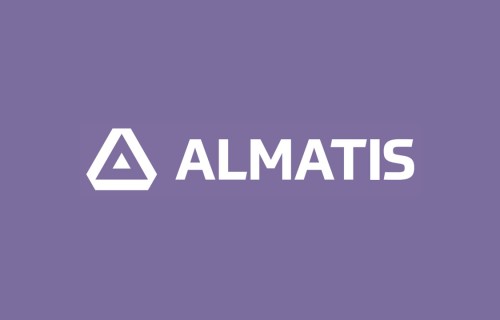Bridging Pillar Two Reporting and Compliance

Are you aware that over 60 countries have their own Pillar Two compliance requirements?
Multinational groups must consider both Pillar Two financial reporting and local compliance for member jurisdictions. For financial reporting the multinational group Top-up Tax is reported based on facts and circumstances known at the moment of closing the financial accounts. By comparison, the allocation and payment of Top-up Taxes entails filing local returns with jurisdiction-based compliance requirements. Differences lie with respect to calculations and process implications for the tax department.
Differences from Reporting
First, over 60 countries have enacted rules, each with at least three required forms. These local filings on top of the central GloBE Information Return (GIR) include local Qualified Domestic Minimum Top-up Tax (QDMTT), Income Inclusion Rule (IIR), and Undertaxed Profits Rule (UTPR) returns.
Jurisdictional Calculations
Local filings present calculation differences from reporting. Excess profits may be calculated in local GAAP for domestic QDMTT filings rather than group GAAP as used for the consolidated financial statements. This varies by jurisdiction. For example:
- The Dutch minimum tax return requires QDMTT payments to be based on excess profits calculated using Dutch GAAP when the MNE group has Dutch constituent entities that report under both IFRS and local GAAP.
- German QDMTT rules require the calculation in group GAAP unless certain entity-level conditions are met.
For the QDMTT, some jurisdictions offer elections to file in the entity’s local currency rather than group currency. Further, compliance figures may differ as internal materiality thresholds are not applicable as they are for financial reporting.
Process Considerations
Having a process in place for Pillar Two financial reporting is a great start, but further steps are needed to prepare for compliance. This is important for your local country calculations. The rule order requires calculations and payments first for jurisdictions with a QDMTT, then jurisdictions with taxing rights can calculate and apply the IIR, then the UTPR.
Alongside tracking filing differences comes tracking filing deadlines. To help avoid calculation errors, plan for the following reporting and filing deadlines:
- Financial statement figures are due in quarter one following the financial close.
- Final figures for the corporate income tax return are mostly needed in quarter four, but are extended in many countries.
- The GIR is typically due 18 months post-close, also with differing local extensions.
- Local QDMTT filing deadlines differ by jurisdiction.
These mismatched reporting and compliance deadlines potentially require post-filing adjustments. A streamlined process for re-calculation and posting additional current top-up taxes can effectively handle audit adjustments and late entries.
Additional timing differences between group reporting and local compliance pose challenges. For instance, on the group level, the book year may run from October to September for the IIR, but on the local level the QDMTT may run by calendar year. This can create discrepancies in data input and calculations.
Compliance Readiness
Leveraging the right expertise is crucial to manage these dizzying requirements and implications. There are multiple approaches to consider. One option is independent filing service providers. For more control over your process, one-stop shops for Pillar Two reporting and filing are optimal. Taxvibes can assist in selecting the best approach and tools for you and bridge the gap between your Pillar Two financial reporting and local compliance processes.
Are you ready for both Pillar Two Reporting and Compliance?
More cases & news

Webinar: Is Your Tax Strategy Pillar Two - Ready?
Pillar Two reporting requirements have arrived, effective for the 2024 financial year. Are you prepared to ensure your data integrations, calculations, and workflows run smoothly? Check out our joint webinar with Longview Tax for practical insights on how to improve your Pillar Two strategy.

A Success Story at Almatis
For this article, we had the pleasure of interviewing Evelien de Kruijff, Global Tax Manager, at Almatis. Evelien plays a pivotal role in navigating the complex world of taxation. For the past eight years, she has been the sole guardian of Almatis’ tax affairs, overseeing everything from transfer pricing to tax positions across the globe. With Almatis operating internationally across various time zones, Evelien’s role is as diverse as it is demanding.

